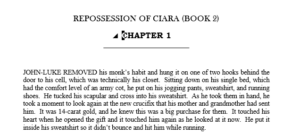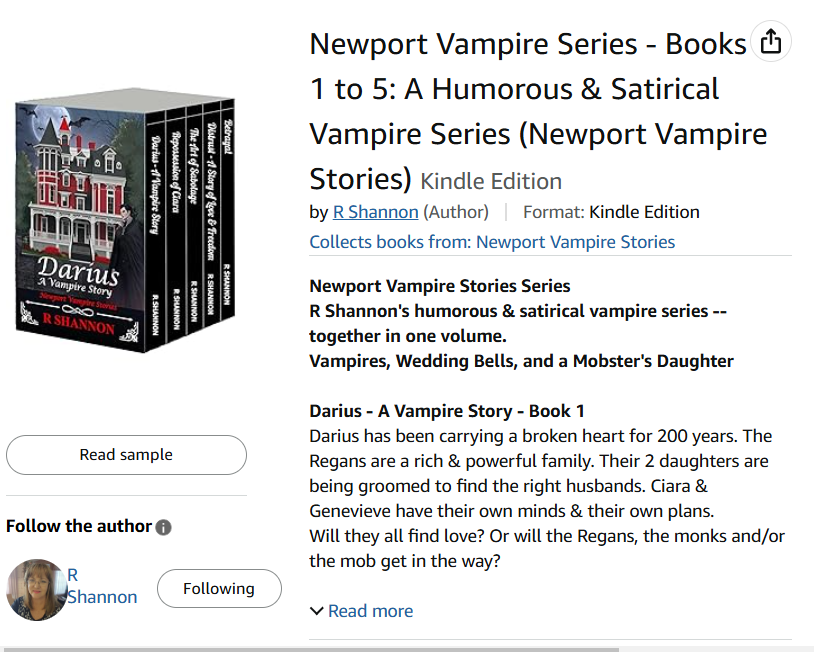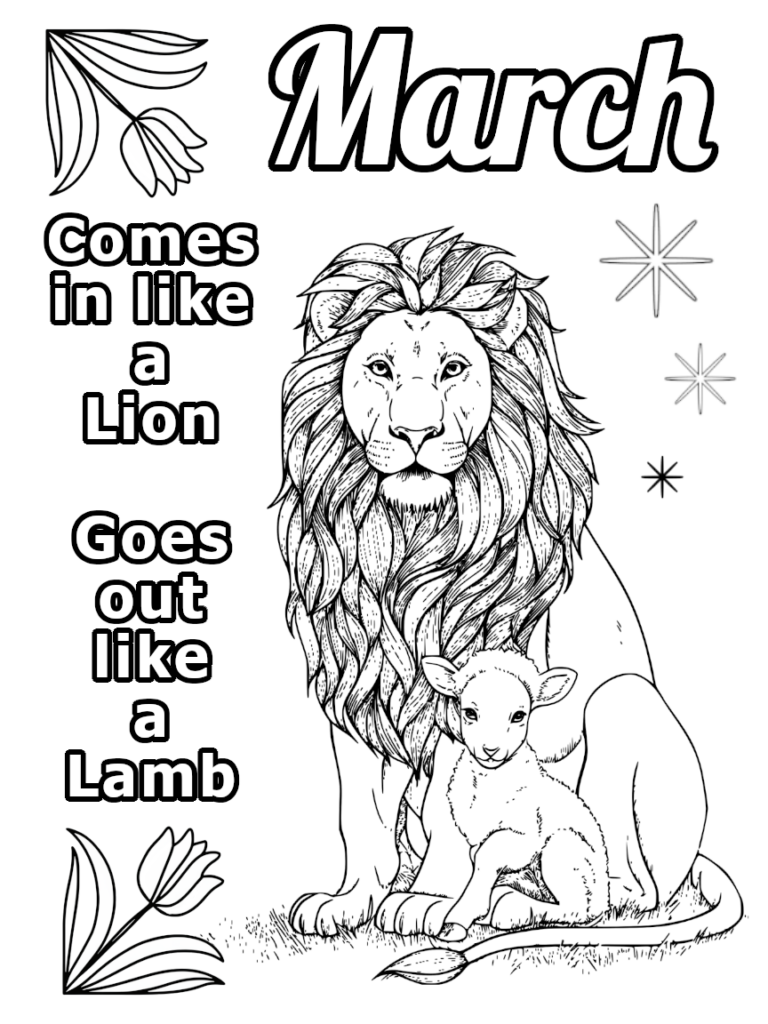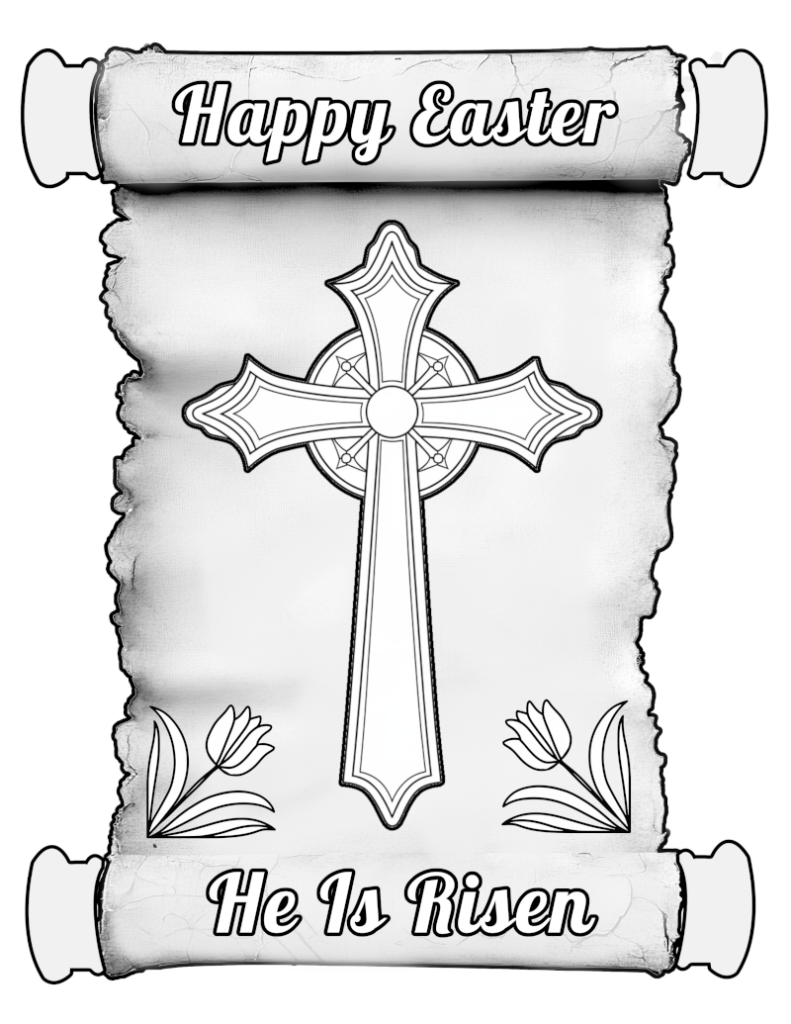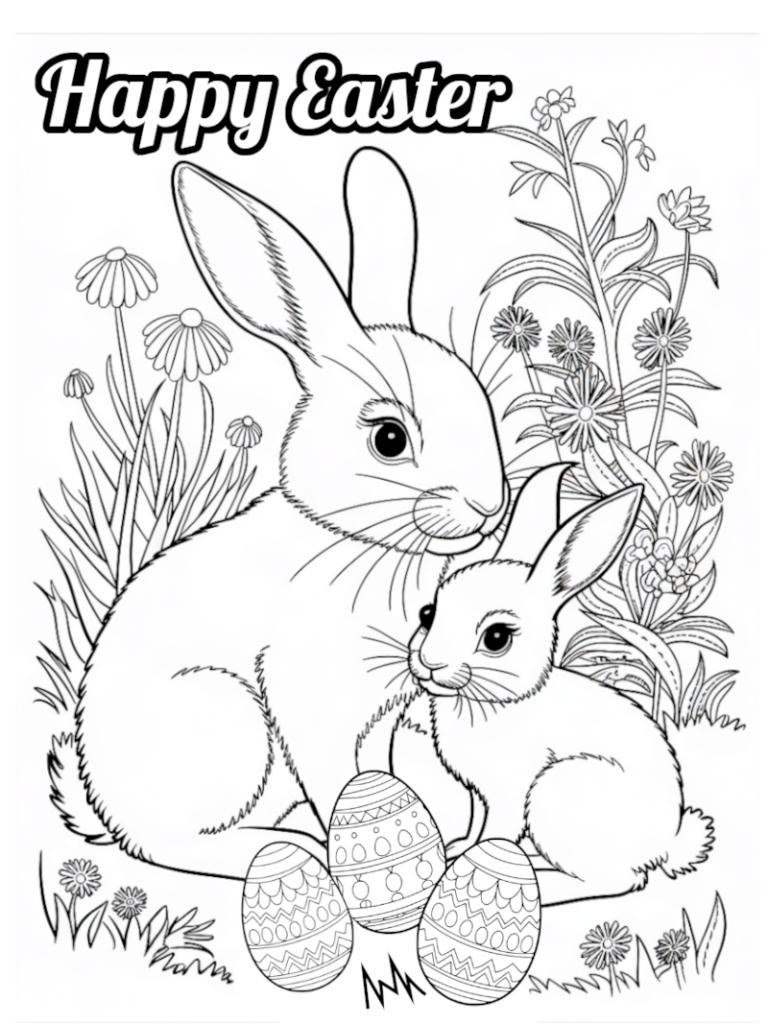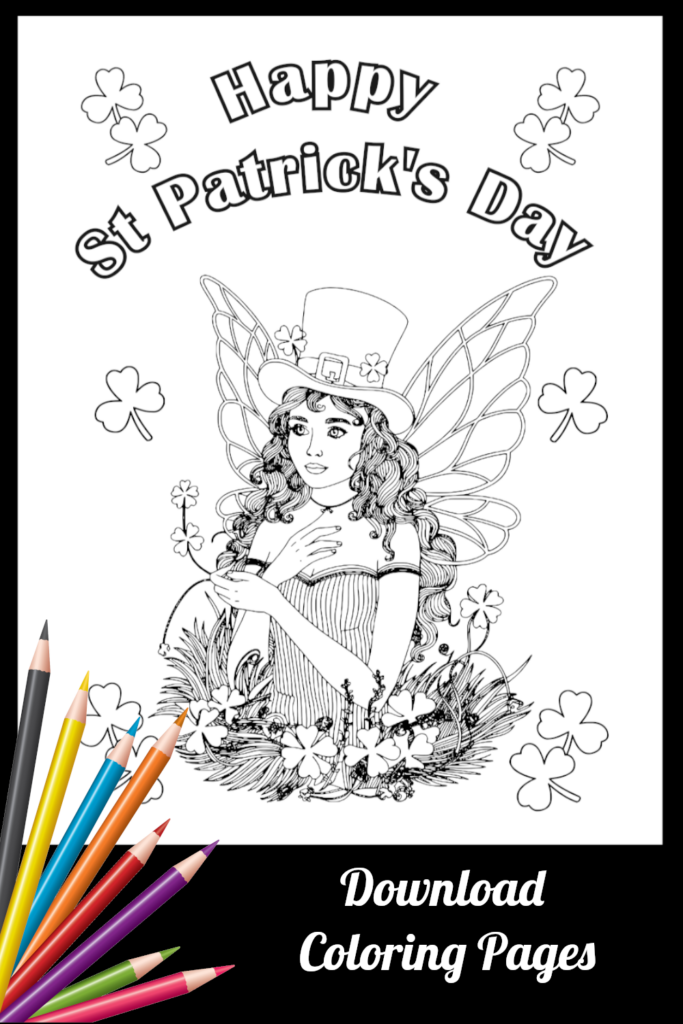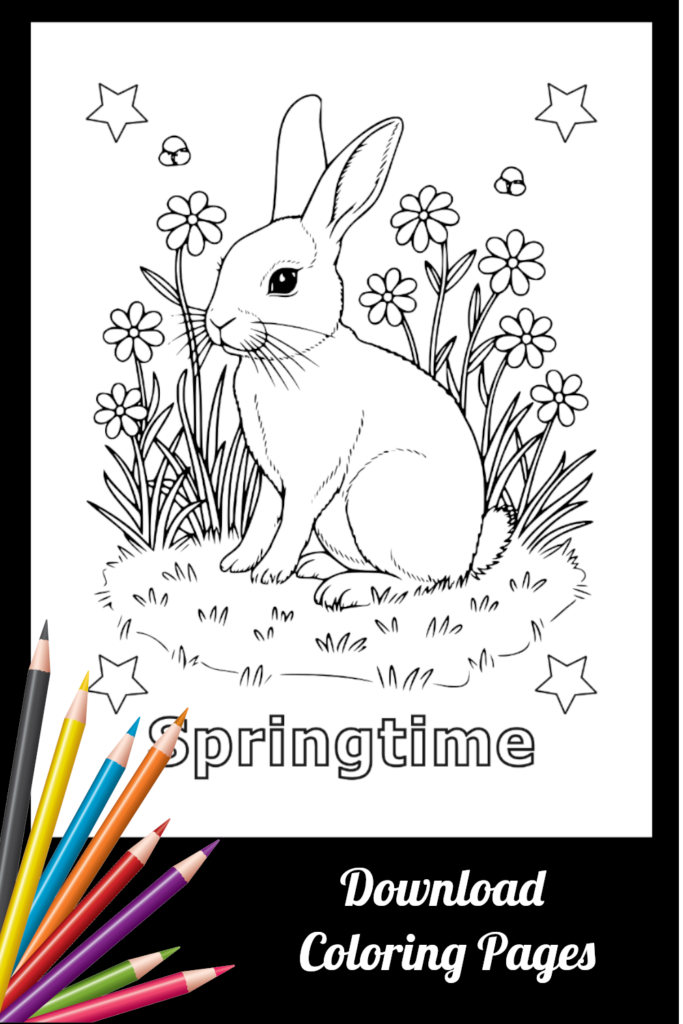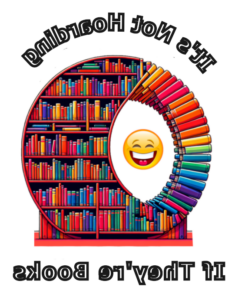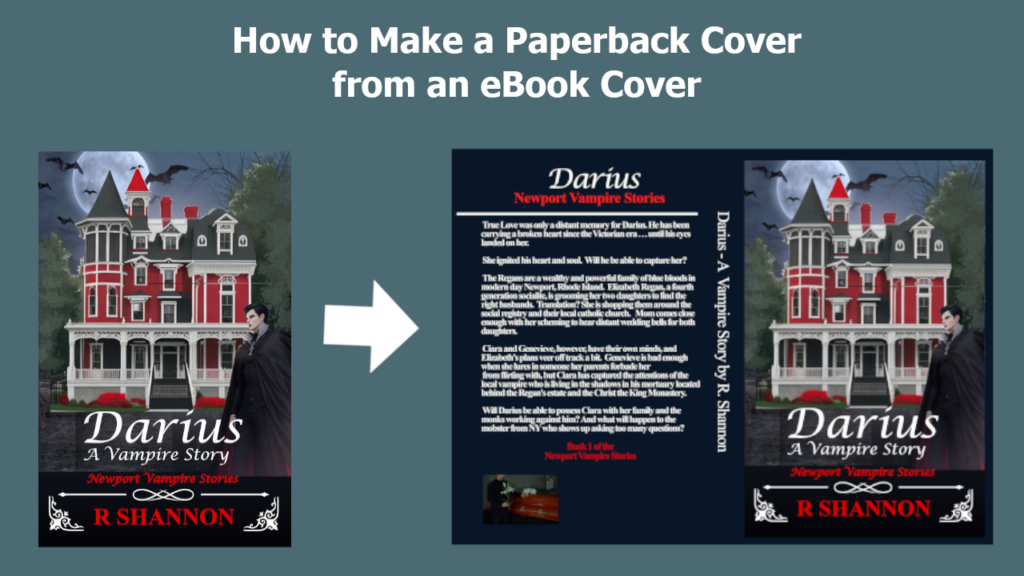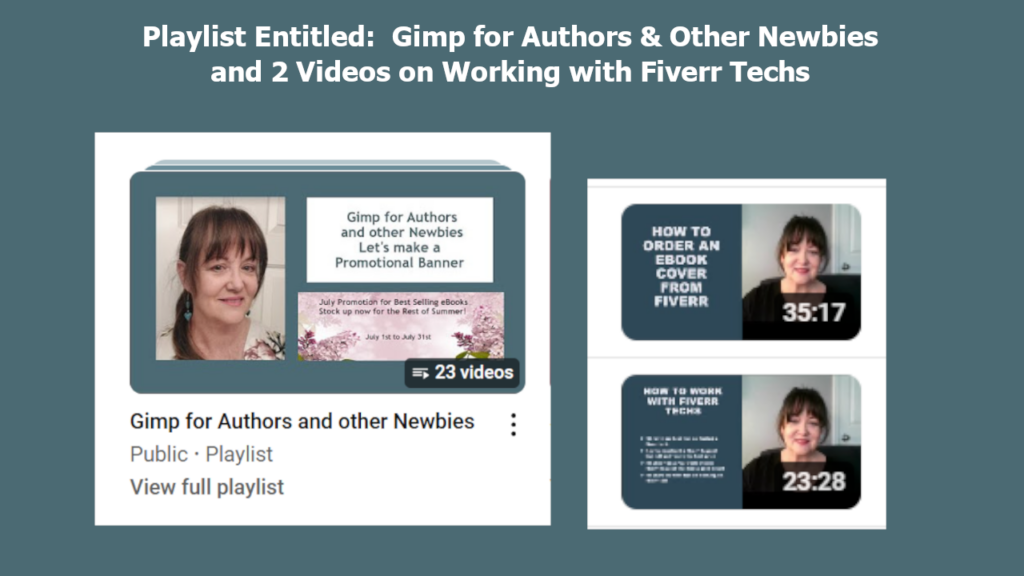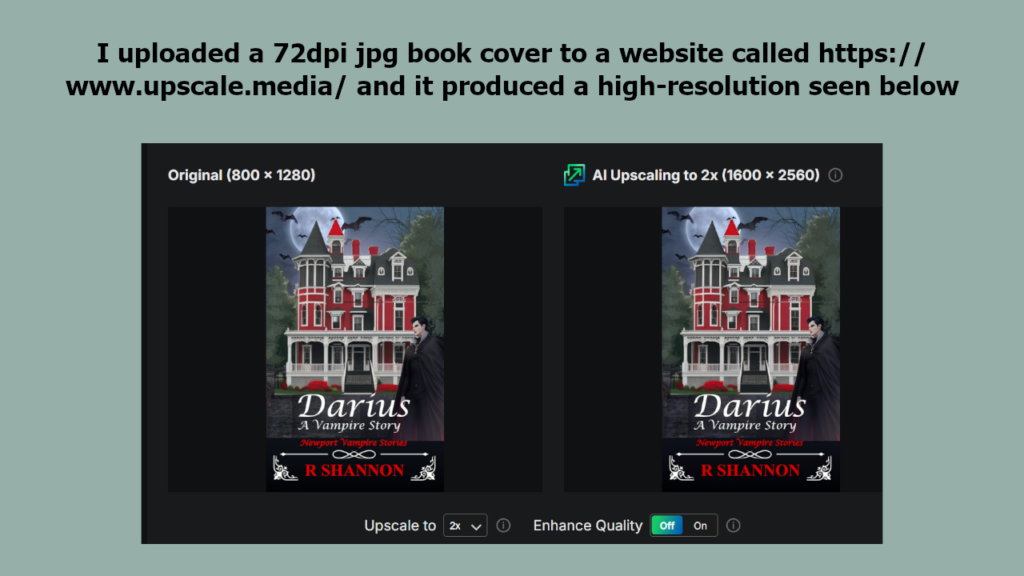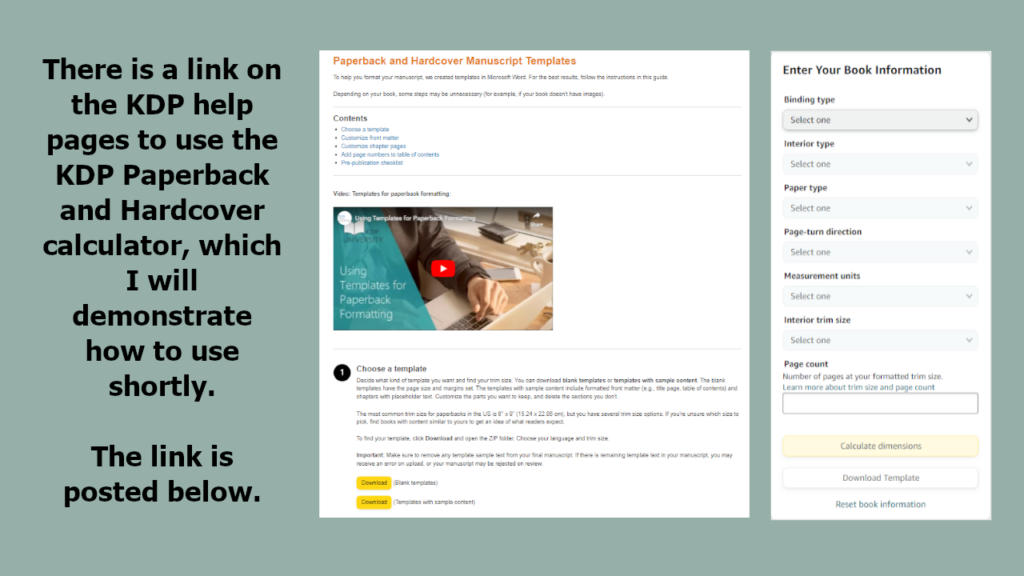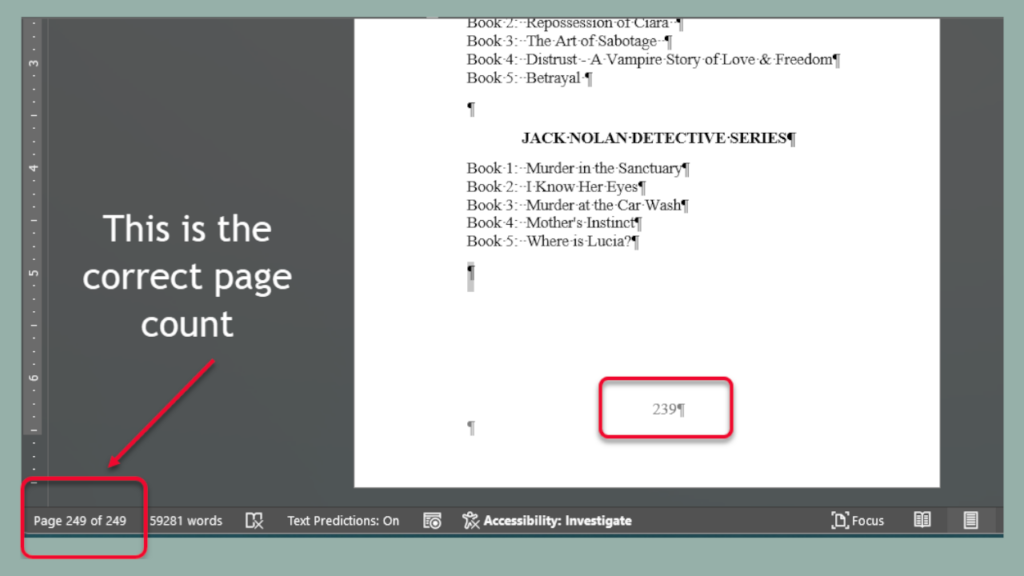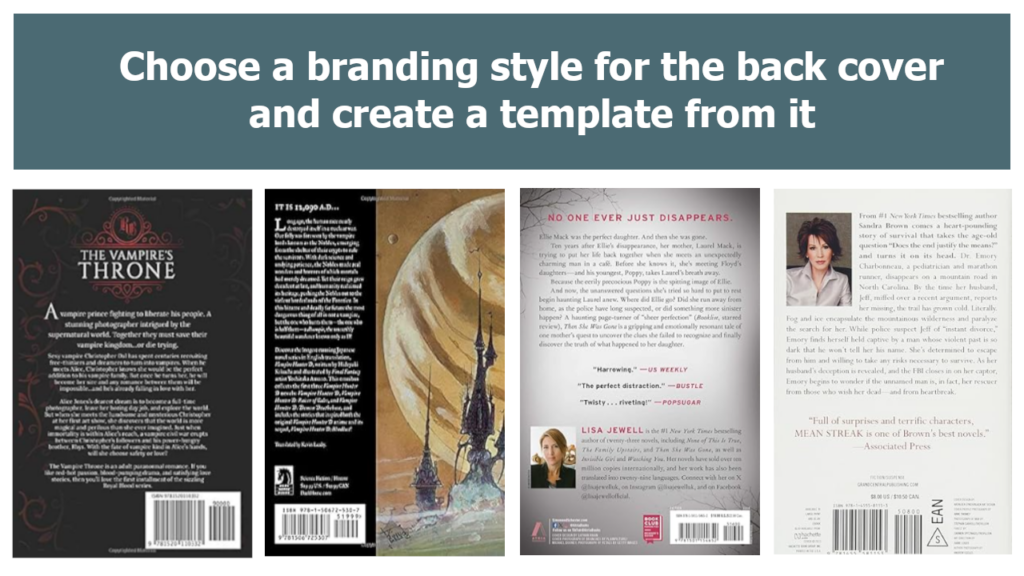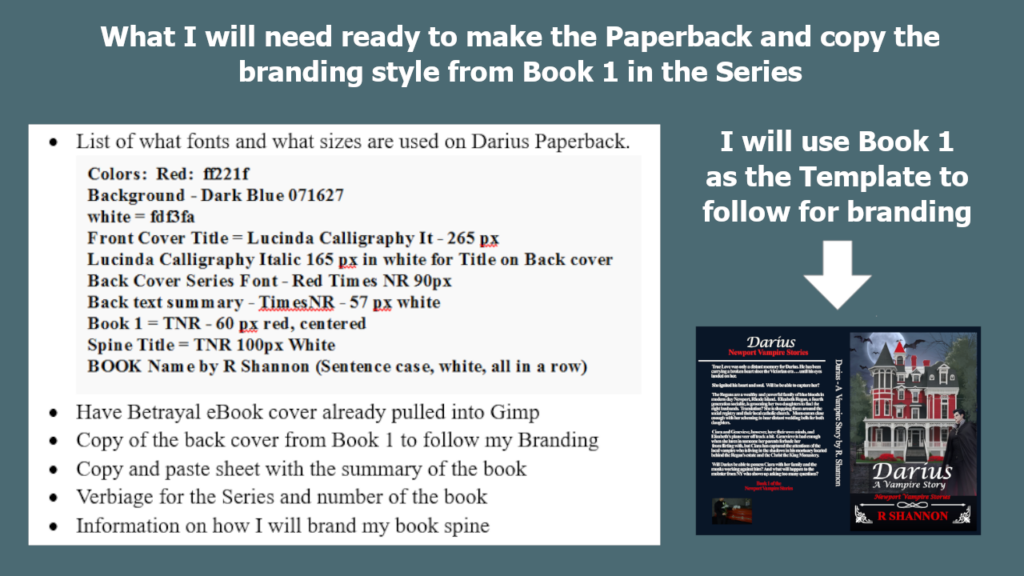THE STORY HOOK - THE MOVIE OPENS WITH A FLASH FORWARD
- George Stroud is running around the building, up in the clock area, and you can tell he's hiding from someone. He is frantic and sweating. He is thinking out loud and asking himself how he got himself into this mess. This gives the viewers a glimpse of what is to come.
NEXT SCENE: THE STORY PREMISE IS LAID DOWN:
The Premise: George Stroud is the Editor in Chief of Crimeways Magazine. He's rushing around at work with his staff trying to get his work done because he's going on a honeymoon with his wife -- and son.
He was called away from his original honeymoon due to a work emergency at Crimeways Magazine. This trip has been planned for him to make it up to his wife. He's a good guy, gets along at work, and is a great crime investigator -- which is why he is editor in chief of the magazine.
NEXT SCENE: Earl Janoth, the big boss at Janoth Publications, is a slave driver and he sends his right hand man, Steve Hagen, in to talk George into postponing his honeymoon again because they need to solve the Fleming case before the cops do. Hagen goes in and delivers the news, but George is adamant that he is not missing another honeymoon. He then tries to get Steve to understand how his wife feels about things.
NEXT SCENE: A smartly dressed, beautiful blonde is rummaging around in Janoth's office, the big boss, and she also has the intercom on. The intercom is a device that allows Janoth to listen in on his employees. The woman's name is Pauline York and we find out in short order that she is Janoth's mistress. Pauline hears George trying to reason with Steven Hagen as to why he can't cancel another honeymoon.
Earl Janoth walks into the office and catches his mistress in his office and he's not happy. He doesn't know how she got in and she brags about taking his private elevator up and flirting her way through security. Not liking to be out of control, Janoth walks her out of his office to the public elevators, but not before telling her he will see her later at 10:50 PM. There is tension between them. We also find out that Janoth is paying her bills, including her singing lessons.
NEXT SCENE: Back in George's office, Hagen is still putting pressure on George to postpone the honeymoon, but George refuses. He eventually storms out of the conversation and he leaves.
PAULINE'S SCHEME - WHAT SHE WANTS:
In the next scene, it's lunchtime and Mistress Pauling walks into a fancy restaurant where George is sitting at the bar with another man. George orders them two more stingers and the mistress saddles up to them and says, make it three. The man then excuses himself because of an appointment with a psychiatrist. Pauline slips into his seat.
She tells him she wants to tell his fortune and reads his palm. She then repeats everything he was complaining about regarding Janoth, the boss. He now knows she overheard him. She claims her and Earl are old friends. She suggests that maybe she and George should put their heads together to get even with Janoth. However, at the time this suggestion comes out of her mouth, George's wife, Georgette, comes in and walks up and is not happy about her husband sitting next to and talking with this beautiful blonde.
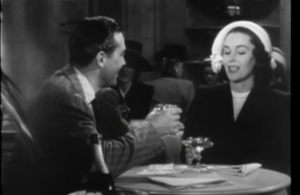 After a tense moment between the two women, Pauling leaves. George smooths down his wife's feathers by showing her he has reserved a table for them to have lunch, and he has ordered champagne, and they will toast their honeymoon.
After a tense moment between the two women, Pauling leaves. George smooths down his wife's feathers by showing her he has reserved a table for them to have lunch, and he has ordered champagne, and they will toast their honeymoon.
The wife settles down and she confirms that she has the tickets for the train and they both toast to their honeymoon.
Back at the office, Hagan tells Janoth he was not successful in talking George into postponing his honeymoon. Janoth is not happy, but says that he has another idea, another approach.
NEXT SCENE - AFTER LUNCH - JANOTH'S SETUP
George is engaged with co-workers taking care of everything so he can leave on time. Janoth strolls out of his office at 4PM and joins George in front of his Crimeways Crime Board and he proceeds to compliment George about being able to solve the crimes even before the cops in most of their cases. Janoth is not the type to compliment anyone and George takes the bait.
Then George goes into a long explanation of how he uses the blackboard to add all the clues, and he focuses on an 'irrelevant clue' and that's always the one that helps him solve the crime.
During the conversation, Janoth slowly walks with George during their conversation into his office. He then tells George how happy he is that they are comrades at work, and they can always count on each other. George is enjoying having his ego stroked. Then Janoth tells him he wants him to work non-stop on this Fleming case and it will increase the circulation by at least ten percent.
George then wakes up and realizes that Janoth is trying to get him to postpone another honeymoon. But this time George refuses.
After the buttering up didn't work on George, Janoth resorts to threats and tells George if he doesn't stay, he will be fired. He also tells him he will blacklist him and he'll never work in this town again. George still refuses and he's mad because he knows Janoth was manipulating him. He says, fine, I'm going anyway. He walks out and goes back into his office.
PAULINE'S SETUP - WHAT SHE WANTS
His secretary calls in and tells him there's a woman on the line who wants to tell his fortune. George knows it's Pauline, so he picks up and blurts out that Janoth has just fired him. Pauline is shocked and she asks him what he's going to do. He says, right now, I need a drink. She wants to join him, but he says no. She then says that she knows a way to make Janoth give them both what they want. She tells him it will be worth his while to at least listen to him. He agrees.
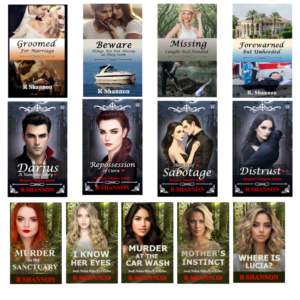

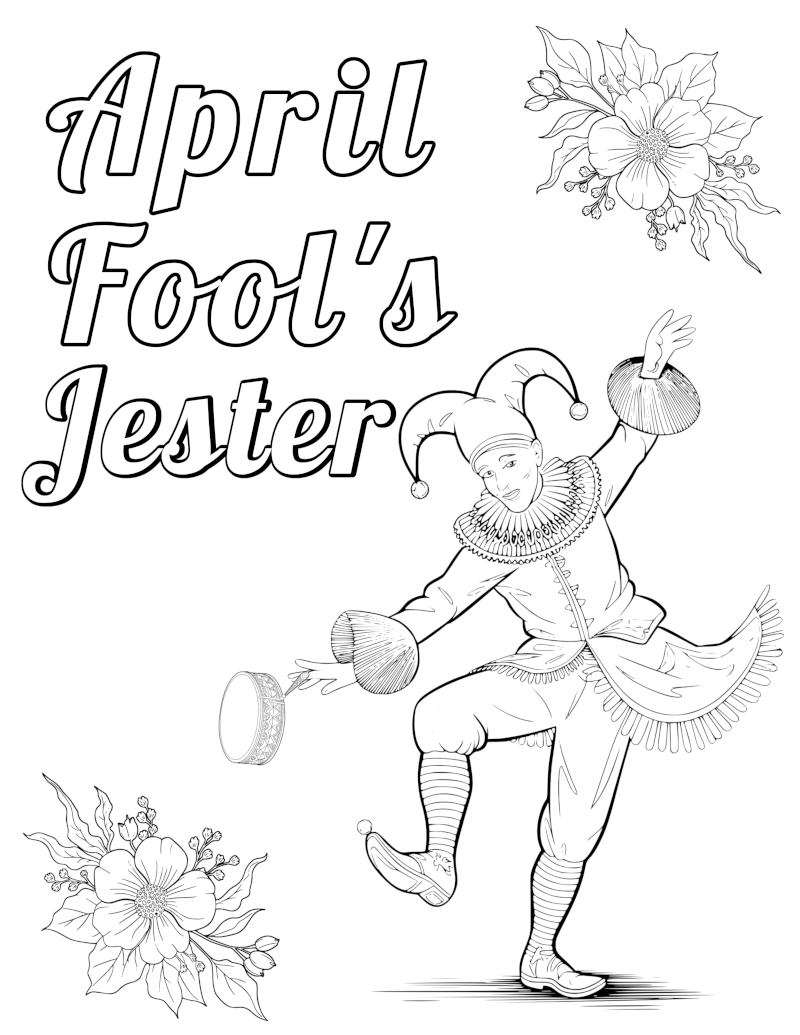
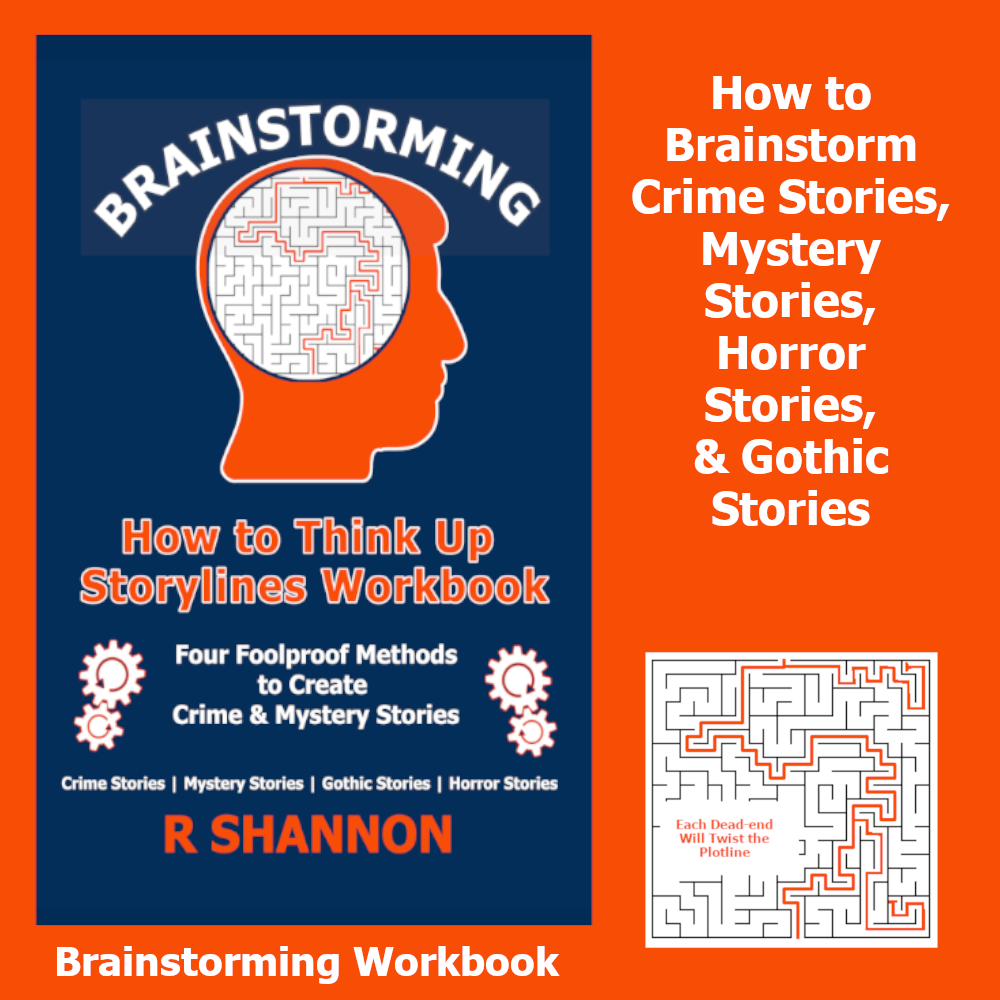
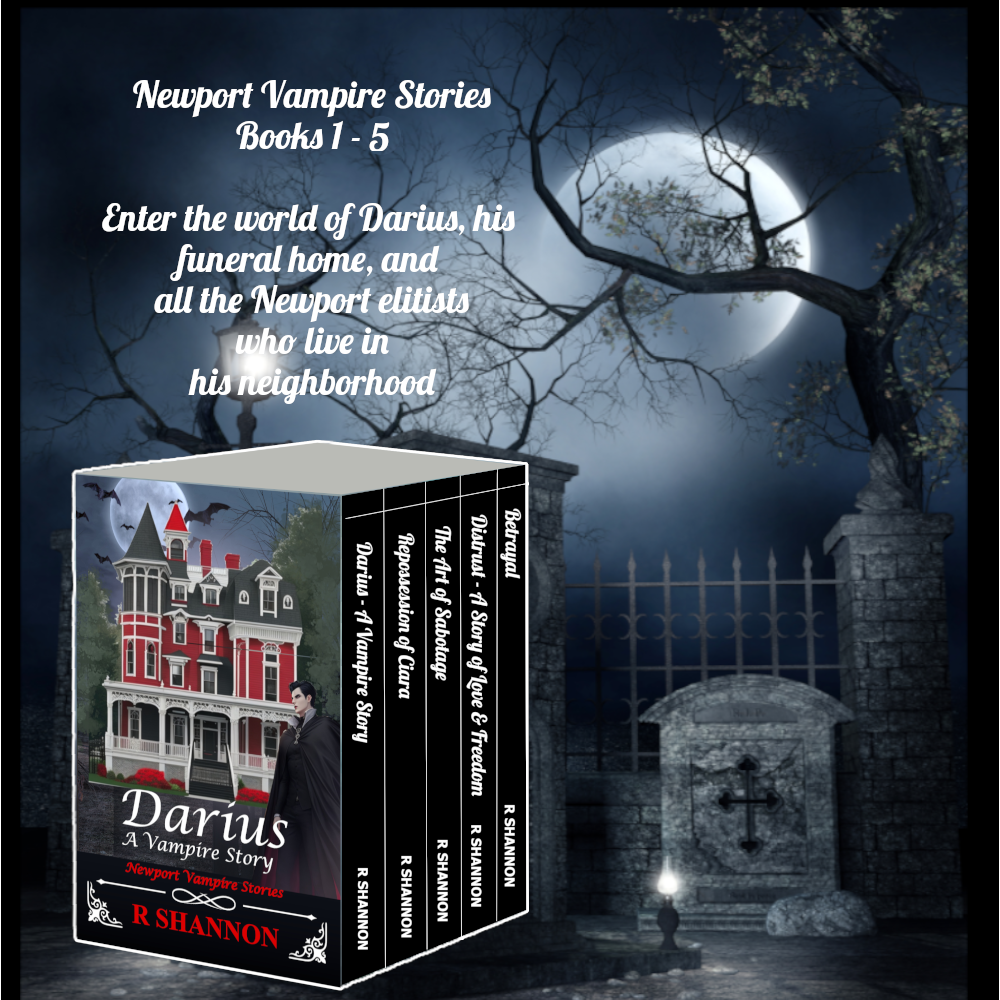 Click here to download the entire series for free -- for a limited time!
Click here to download the entire series for free -- for a limited time!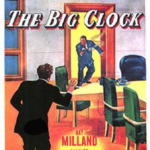
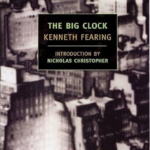
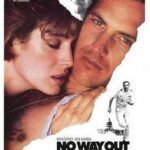
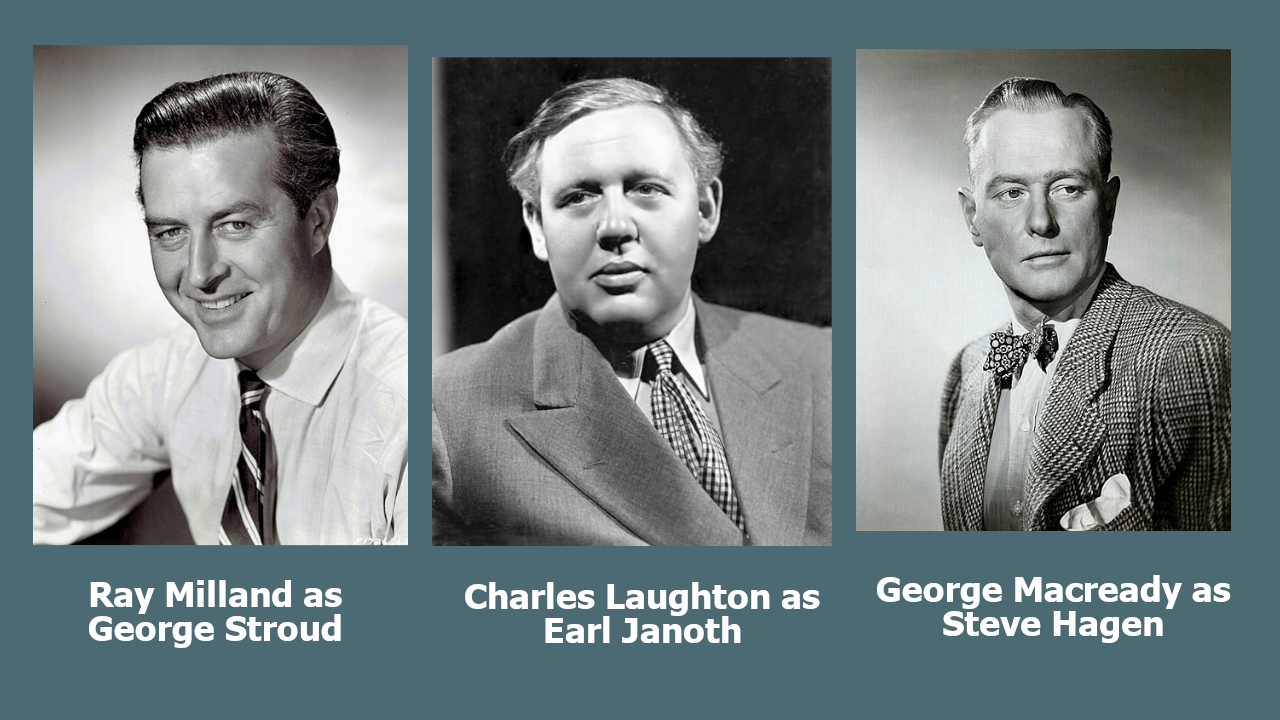
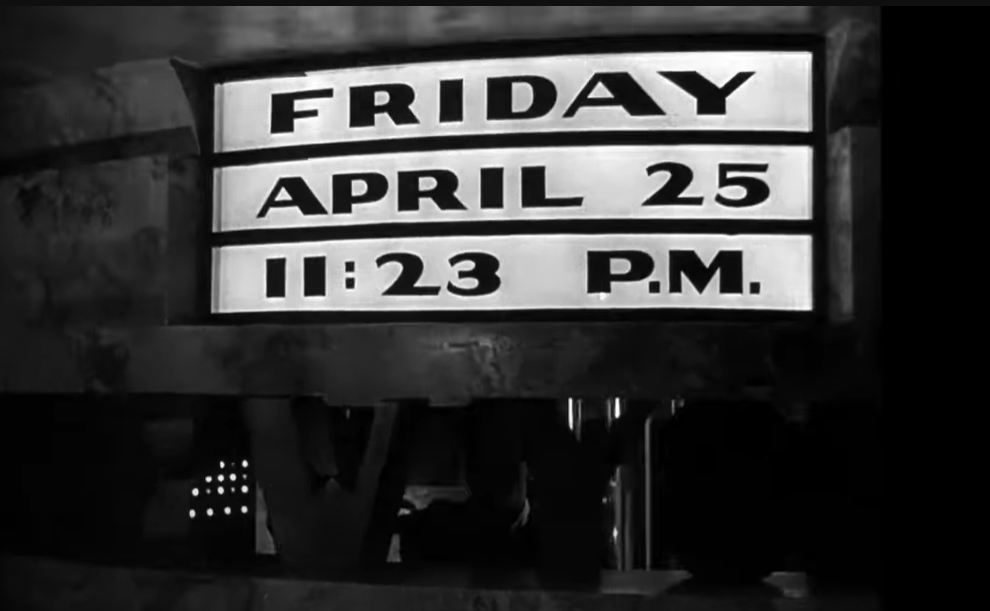
 After a tense moment between the two women, Pauling leaves. George smooths down his wife's feathers by showing her he has reserved a table for them to have lunch, and he has ordered champagne, and they will toast their honeymoon.
After a tense moment between the two women, Pauling leaves. George smooths down his wife's feathers by showing her he has reserved a table for them to have lunch, and he has ordered champagne, and they will toast their honeymoon.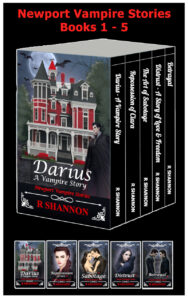 How exciting! I just recently put together my first book bundle for my Newport Vampire Series and decided to put together a how-to blog and video for anyone else who wants to learn how to do it. I've organized the process and I've posted it below and will have a video to accompany it. I hope it saves you several hours of research!
How exciting! I just recently put together my first book bundle for my Newport Vampire Series and decided to put together a how-to blog and video for anyone else who wants to learn how to do it. I've organized the process and I've posted it below and will have a video to accompany it. I hope it saves you several hours of research!
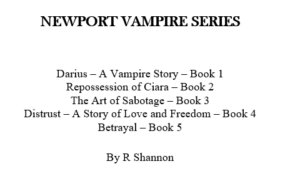 the title of the book to the title of your series. For example: My book was called Darius - A Vampire Story so I changed it to Newport Vampire Stories Series, and listed all five books followed by my author name. I was happy with the way it looked in the final manuscript. If your books have subtitles, I would just put them under the title of the books.
the title of the book to the title of your series. For example: My book was called Darius - A Vampire Story so I changed it to Newport Vampire Stories Series, and listed all five books followed by my author name. I was happy with the way it looked in the final manuscript. If your books have subtitles, I would just put them under the title of the books.